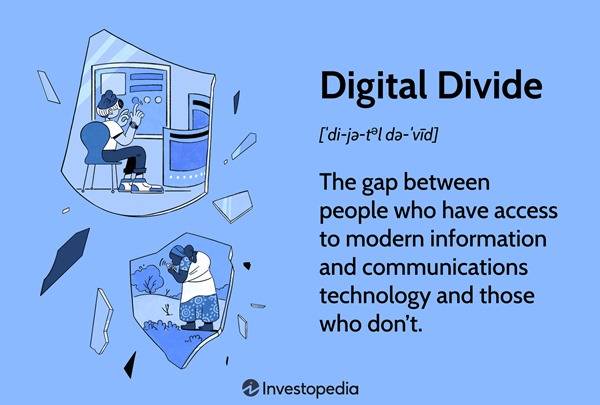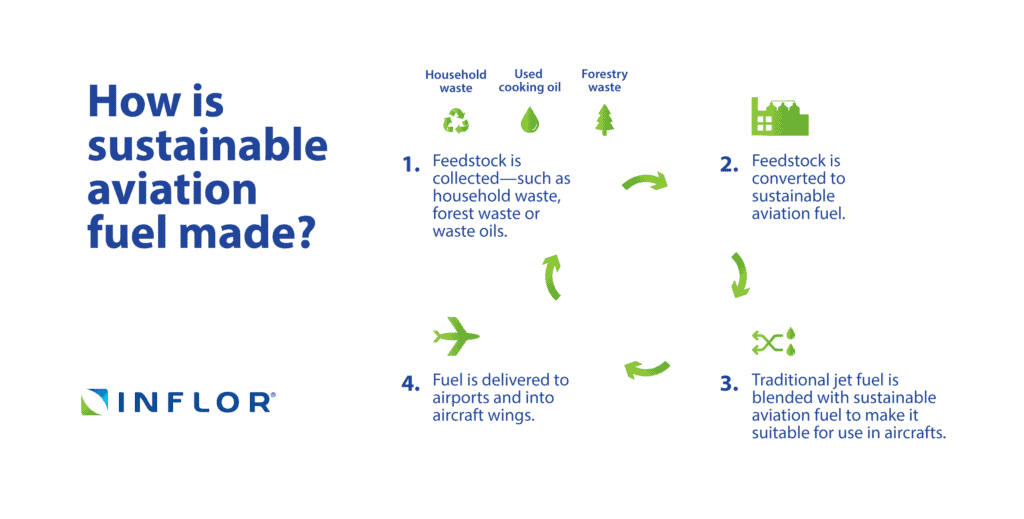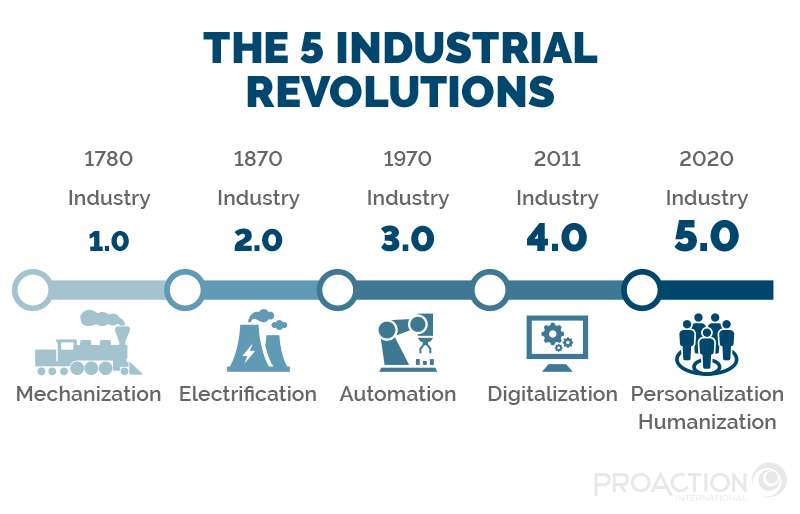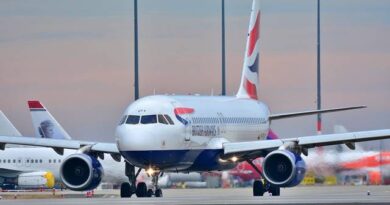Exploring the Intersection of the Digital Divide and Sustainability in Aviation: Implications and Future Consequences
The aviation industry is at a critical juncture where issues of sustainability and the digital divide are converging, influencing the sector’s future trajectory. As technological innovation rapidly reshapes aviation, disparities in access to digital resources are becoming more evident, raising questions about equity, efficiency, and long-term environmental impact. This article examines the relationship between the digital divide and sustainability in aviation, analyzes the potential consequences for the future, and outlines strategies to mitigate risks.
Defining the Digital Divide in Aviation
The digital divide refers to the unequal access to technology, digital infrastructure, and information, which can exist across various sectors, including aviation. In aviation, the digital divide manifests in several ways:
- Uneven Access to Advanced Technologies: Airlines, airports, and regulatory bodies in developed countries often have better access to cutting-edge technologies such as artificial intelligence (AI), data analytics, and automated systems. In contrast, developing regions may struggle with outdated equipment and lack the resources for technological upgrades.
- Disparities in Digital Infrastructure: Emerging markets often lack the robust digital infrastructure needed for advanced communication, surveillance, and navigation systems. For example, air traffic management (ATM) systems in low-income countries may not be as efficient or reliable as those in developed nations, resulting in inefficiencies and safety concerns.
- Workforce Digital Literacy: The rapid digital transformation in aviation requires a workforce proficient in handling new technologies. However, a skills gap can exist between countries and even within organizations, with some workers lacking the training necessary to engage with modern digital systems.

Understanding Sustainability in Aviation
Sustainability in aviation encompasses environmental, economic, and social dimensions. It primarily focuses on reducing the industry’s carbon footprint through fuel efficiency, emissions reduction, and innovations like electric or hybrid aircraft. However, sustainability also extends to social equity and economic accessibility, ensuring that all global regions and populations can benefit from aviation advancements without exacerbating inequalities.
The Interconnectedness of the Digital Divide and Sustainability
In the aviation industry, the digital divide has profound implications for sustainability. Technological advancements—such as flight optimization algorithms, next-generation air traffic control systems, and smart airports—are essential for enhancing efficiency and reducing emissions. Yet, countries or regions on the disadvantaged side of the digital divide are often excluded from accessing these innovations, which creates an imbalance in sustainable development.
Key Areas of Impact:
- Operational Efficiency and Emissions: Technologies like AI-driven fuel management systems or real-time data analytics for flight paths are instrumental in optimizing fuel consumption and minimizing carbon emissions. Airlines with access to these technologies can operate more sustainably. In contrast, those without such resources lag, emitting more greenhouse gases due to inefficiencies. This perpetuates global environmental inequality, with developing countries contributing disproportionately to emissions despite fewer overall flights.
- Inequitable Access to Sustainable Technologies: The global aviation industry is increasingly shifting towards cleaner and more sustainable technologies, such as biofuels and electric aircraft. However, the digital divide can hinder equitable access to these innovations. Regions with limited technological capacity may find it harder to integrate sustainable aviation fuel (SAF) or electric-powered systems into their operations, thereby prolonging reliance on less sustainable practices.
- Social and Economic Disparities: While sustainability initiatives often focus on reducing environmental impacts, they must also address social equity. Regions on the wrong side of the digital divide may face exclusion from the economic benefits that the aviation industry can bring. For instance, smart airports—driven by IoT (Internet of Things) and AI—can enhance passenger experience and streamline operations. However, airports in regions with poor digital infrastructure may not benefit from such advancements, limiting their competitiveness in the global market.

Future Consequences of the Digital Divide on Sustainability in Aviation
If the digital divide persists in the aviation industry, it could lead to several significant consequences:
- Widening Environmental Inequality: Developing countries may continue to use outdated and less efficient aircraft, unable to adopt sustainable practices at the same pace as wealthier nations. This could result in a situation where the global aviation sector’s environmental burden becomes unevenly distributed, with certain regions shouldering a larger share of emissions.
- Technological Stagnation: Without access to modern digital tools, airlines and airports in disadvantaged regions may struggle to innovate. The inability to adopt cutting-edge technologies could slow progress toward the International Civil Aviation Organization’s (ICAO) goals for reducing global emissions, ultimately undermining global climate targets like those outlined in the Paris Agreement.
- Economic and Social Marginalization: As technology reshapes the aviation industry, regions with limited digital access may be further marginalized. Airports in less developed areas could become less attractive to international travelers and investors, exacerbating economic disparities and restricting opportunities for global integration.
What Needs to Be Done: Bridging the Gap
To ensure a sustainable and equitable future for the aviation industry, efforts must be made to bridge the digital divide and support the widespread adoption of sustainable practices. Several key initiatives could help mitigate the risks associated with this issue:
- Investment in Digital Infrastructure: Governments, international organizations, and private stakeholders must prioritize investments in digital infrastructure, particularly in developing regions. The development of robust communication and data-sharing systems is essential for ensuring that all countries can participate in the global aviation network.
- Capacity Building and Training: Building digital literacy within the aviation workforce is crucial. Training programs that focus on new technologies, from air traffic management systems to smart airport solutions, can help reduce the skills gap and foster a more inclusive and sustainable aviation sector.
- Global Collaboration and Technology Transfer: High-income countries and technologically advanced airlines should collaborate with developing nations through technology-sharing programs. By transferring knowledge and providing access to sustainable innovations, such partnerships can accelerate the adoption of green technologies across the aviation industry, thereby contributing to global sustainability goals.
- Incentivizing Sustainable Practices: International bodies such as ICAO and the International Air Transport Association (IATA) should consider implementing policies that incentivize airlines and airports in developing regions to adopt sustainable technologies. Carbon offset programs, grants for adopting new technologies, or favorable loans for green infrastructure projects can drive adoption in areas that currently lag behind.
The Humane and Environmentally Sensitive Nature of Industry 5.0 in Aviation
Industry 5.0 represents a shift towards integrating human-centric values and environmental responsibility into industrial practices, diverging from the efficiency-driven focus of Industry 4.0. In aviation, this evolution emphasizes creating a more sustainable and inclusive industry by combining advanced technology with human ingenuity and environmental awareness. Unlike Industry 4.0, which prioritized automation and data-driven optimization, Industry 5.0 acknowledges the importance of human creativity and well-being, fostering closer collaboration between humans and machines. This shift promotes not only economic efficiency but also social equity and environmental stewardship.
In the aviation sector, this means that AI and automation technologies are being designed to work in harmony with skilled workers to improve operational efficiency while reducing environmental impact, such as through fuel-efficient flight management and smart airport systems. Additionally, Industry 5.0 supports the development of sustainable technologies, like electric aircraft, by focusing on minimizing the aviation industry’s ecological footprint, aligning with global efforts to achieve net-zero emissions (ICAO) (SpringerLink).
By focusing on human well-being and environmental sustainability, Industry 5.0 sets the stage for a future where technological advancements in aviation benefit not only the industry but also society and the planet. This convergence fosters a more equitable and environmentally-conscious aviation sector, addressing the digital divide and ensuring that technological progress is inclusive and sustainable.

Conclusion: Shaping a Sustainable Future for Aviation
The intersection of the digital divide and sustainability in aviation presents a complex but critical challenge. Without coordinated action, the persistence of this divide could undermine global efforts to achieve sustainability targets, exacerbate environmental inequality, and marginalize regions economically. The aviation industry must prioritize investments in digital infrastructure and sustainable technologies, ensuring that all countries have access to the tools necessary to participate in a greener, more equitable future. By addressing the digital divide today, we can lay the groundwork for a more sustainable and inclusive aviation industry tomorrow.


